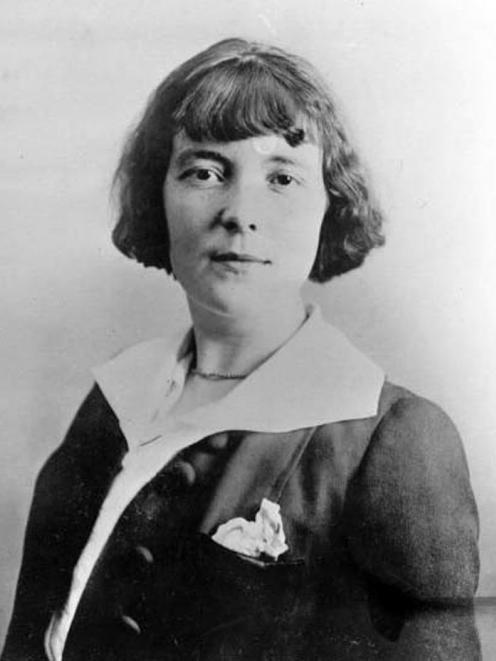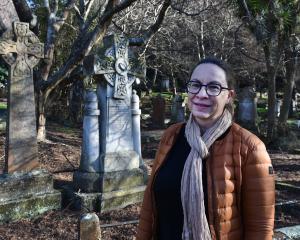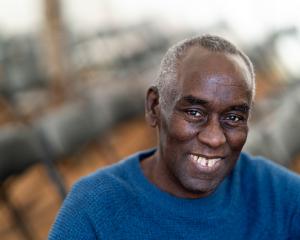Gerri Kimber's latest book on Katherine Mansfield focuses on the first 20 years of the literary giant's life.

KATHERINE MANSFIELD:
THE EARLY YEARS
Gerri Kimber
Edinburgh University Press
By JESSIE NEILSON
After an initial dilemma over how to reference Katherine Mansfield during these fledgling years, British academic and Mansfield scholar Gerri Kimber settles on "KM'' for the course of this book.
A wise choice, for this biography addresses aspects of her childhood, education both here and abroad, and early career, when she still has the legacy of her birth name, Kathleen Beauchamp, and has not yet settled on her identity as Katherine Mansfield.
Meanwhile in her writing she adopts other variations as she experiments with persona as mood and inclination take hold.
At first glance this book is wholly uninspiring: the cover features a dour subject in black and white, and both inside covers are inexplicably bare of a blurb, which instead is relegated to the back of the book. An author photo would also be welcomed. However, the prose and content are commendable.
Kimber is author of a number of other books on Mansfield as well as chairing the Katherine Mansfield Society. In 2012 she co-edited a Mansfield collection with Vincent O'Sullivan.
In this biography stretching over Mansfield's first 20 years, from 1888 to 1908, she claims to address a gap in her subject's coverage. Thus Kimber has researched into Mansfield's earlier relatives and the bearings they have had on her development, with ancestors among others including both silversmiths and poets.
Archival photos feature her family's residences in early colonial New Zealand, and the historical setting strongly pervades.
Some of the background study around Mansfield's relatives, while not unfamiliar, is interesting, such as the Beauchamp "Pa-Men'', as well as the formative role that pillar-of-society father Harold, and her maternal grandmother, have in shaping her. It features amusing anecdotes such as how Harold and family, when living in a remote area, would feast on kaka, tui and other emblematic native birds.

Extensive attention is given too to the forming of Mansfield's personality as she tries to rid herself of the label of antisocial, irritable and moody "fat kid'' that followed her through her school years. She was the "thundercloud'' and outlaw, who was considered a highly unlikely candidate for success as a writer.
Kimber gives thoughtful analysis. She addresses Mansfield's anxiety and sense of misfit upon her return to provincial New Zealand, when she was by now "frightfully English''; where she then turned her bedroom into a "perpetual twilight'', curtains drawn, in order to cope, write, and think.
Kimber illustrates through samples of writing Mansfield's developing skills as a writer and her vital contribution to the modernist times, such as her acute psychological insights and her ability to slip into the minds of her characters. Of her sexuality she writes of Mansfield's vital and self-termed "amethyst outlook'' and "Oscar-like thread'' running through her work, and the importance of female friendships, such as the ever-reliable companion Ida Baker.
This biography assumes a working knowledge of Mansfield and treats the reader accordingly. As such, it is highly accessible, and would also work in a library or departmental collection as an accompaniment to study.
Jessie Neilson is a University of Otago library assistant.












